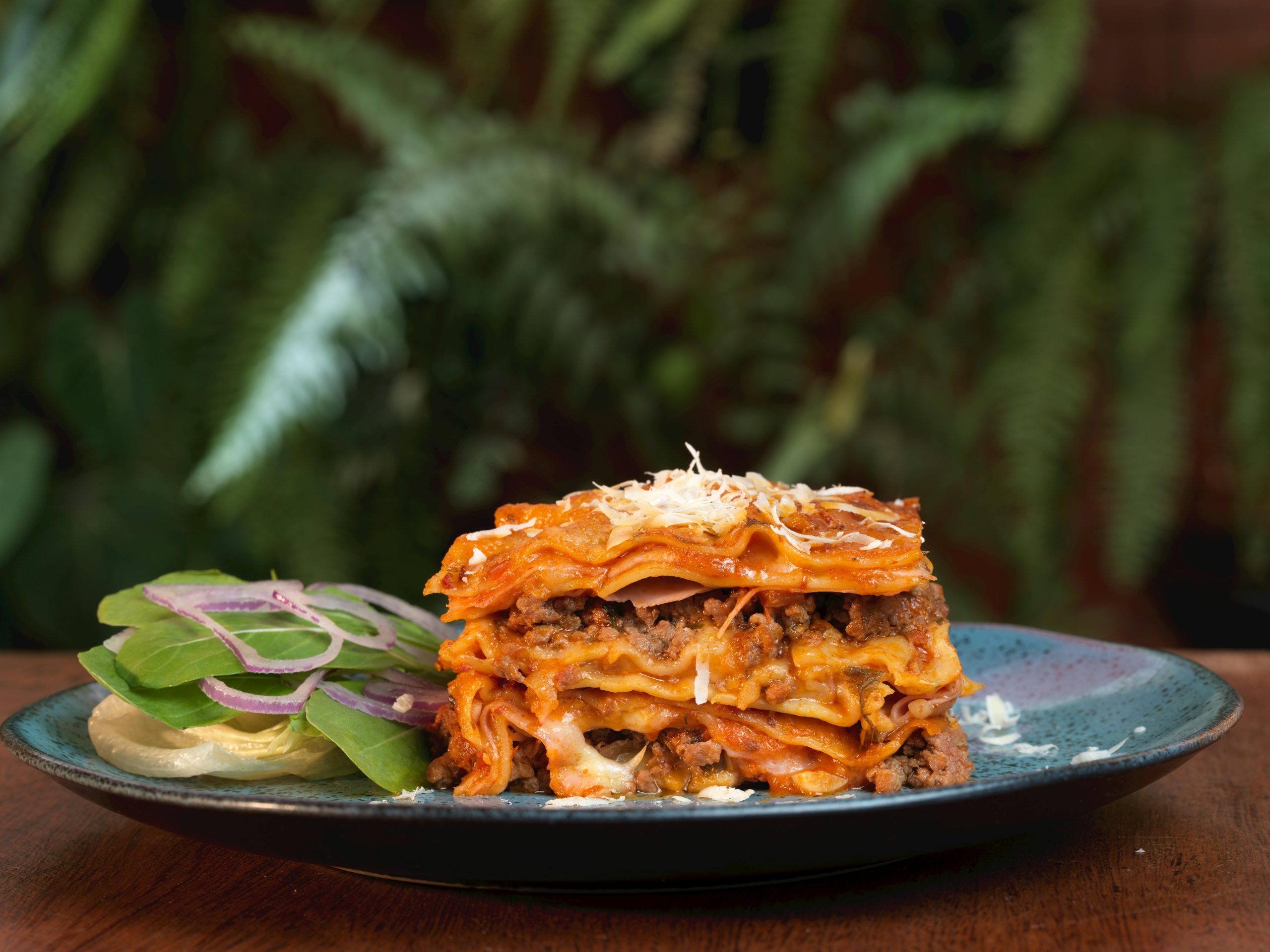Seeking Advice on Overnight Roast Alternatives
As a self-taught cook without formal training, I’m reaching out for some guidance. A friend has asked me to prepare their father’s favorite dish, a prime rib chili, as he’s facing some serious health challenges. I’m more than happy to help, but I’ve hit a snag. The recipe I’m using (found here: https://golf.com/lifestyle/food/pebble-beach-famous-prime-rib-chili/) calls for an 18-hour roast at 150°F before making the chili.
I have the beef ready, but I’ve never attempted an overnight roast, and I’m concerned about how my oven’s safety features might interfere during the night. Plus, I’m a bit anxious about leaving a gas oven on unattended for that long.
What are your thoughts on alternative cooking times and temperatures to achieve a similar result? Or should I just go ahead and let it roast overnight? Any advice would be greatly appreciated!

Leave a Reply
You must be logged in to post a comment.